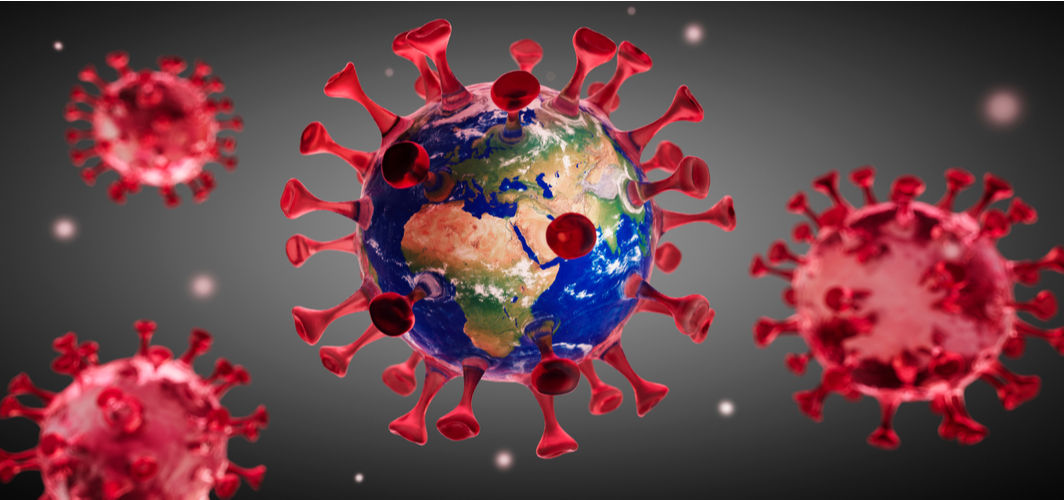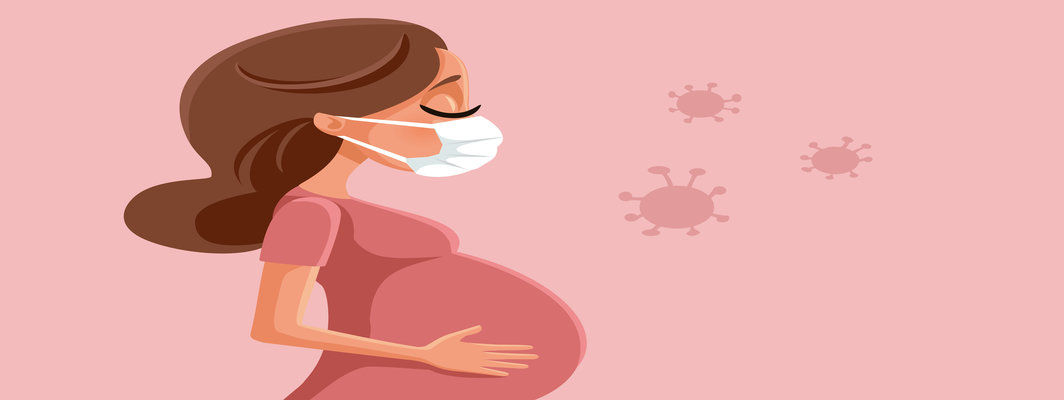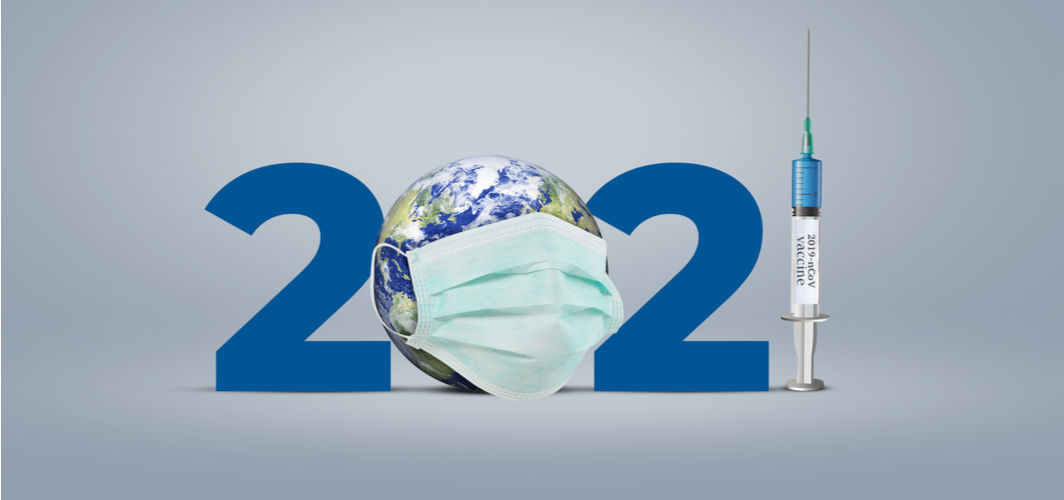Coronavirus Updates
Oxygen Concentrators: Everything You Need to Know
5 min read
By Apollo 24/7, Published on - 06 May 2021, Updated on - 07 August 2024
Share this article
9
0 like

Since April 2021, India is witnessing a severe outbreak of the COVID-19 pandemic. The massive surge in cases has overwhelmed the healthcare infrastructure of the country. Many of the COVID-19 patients urgently require oxygen therapy to survive. But due to an extraordinary upsurge in demand, there is an acute shortage of medical oxygen and oxygen cylinders everywhere. The scarcity of oxygen cylinders has also pushed up the demand for oxygen concentrators.
Right now, oxygen concentrators are among the most sought-after devices for oxygen therapy in home isolation. However, not many people are aware of what these oxygen concentrators are, how to use them, and which is the best one for them? We address all these queries for you in detail below.

Recommended Read: Is Your Blood Oxygen Saturation Level Safe?
What Is An Oxygen Concentrator?
An oxygen concentrator is a medical device that provides supplemental or extra oxygen to a patient with breathing issues. The device consists of a compressor, sieve bed filter, oxygen tank, pressure valve, and a nasal cannula (or oxygen mask). Like an oxygen cylinder or tank, a concentrator supplies oxygen to a patient via a mask or nasal tubes. However, unlike oxygen cylinders, a concentrator doesn’t require refilling and can provide oxygen 24 hours a day. A typical oxygen concentrator can supply between 5 to 10 liters per minute (LPM) of pure oxygen.
How Does An Oxygen Concentrator Work?
An oxygen concentrator works by filtering and concentrating oxygen molecules from the ambient air to provide patients with 90% to 95% pure oxygen. The compressor of the oxygen concentrator sucks ambient air and adjusts the pressure at which it is provided. The sieve bed made of a crystalline material called Zeolite separates the nitrogen from the air. A concentrator has two sieve beds that work to both release oxygen into a cylinder as well as discharge the separated nitrogen back into the air. This forms a continuous loop that keeps producing pure oxygen. The pressure valve helps regulate oxygen supply ranging from 5 to 10 liters per minute. The compressed oxygen is then dispensed to the patient through a nasal cannula (or oxygen mask).
Who Should Use An Oxygen Concentrator And When?
According to pulmonologists, only mild to moderately ill patients with oxygen saturation levels between 90% to 94% should use an oxygen concentrator under medical guidance. Patients with oxygen saturation levels as low as 85% can also use oxygen concentrators in emergency situations or till they get hospital admission. However, it is recommended that such patients switch to a cylinder with higher oxygen flow and get admitted to a hospital as soon as possible. The device is not advisable for ICU patients.
Recommended Read: Why Do Some COVID-19 Patients Require Oxygen Therapy?
What Are The Different Types Of Oxygen Concentrators?
There are two types of oxygen concentrators:
Continuous flow: This type of concentrator supplies the same flow of oxygen every minute unless it is not turned off irrespective of whether the patient is breathing the oxygen or not.
Pulse dose: These concentrators are comparatively smart as they are able to detect the breathing pattern of the patient and release oxygen upon detecting inhalation. The oxygen released by pulse dose concentrators varies per minute.
How Are Oxygen Concentrators Different From Oxygen Cylinders And LMO?
Oxygen concentrators are the best alternatives to cylinders and liquid medical oxygen, which are comparatively very difficult to store and transport. While concentrators are more expensive than cylinders, they are largely a one-time investment and have low operational costs. Unlike cylinders, concentrators don’t require refilling and can keep producing oxygen 24 hours a day using only ambient air and electricity supply. However, the major drawback of concentrators is that they can only supply 5 to 10 litres of oxygen per minute. This makes them unsuitable for critical patients who may require 40 to 45 litres of pure oxygen per minute.
Oxygen Concentrator Price In India
The cost of oxygen concentrators varies depending upon how much oxygen they produce per minute. In India, a 5 LPM oxygen concentrator can cost somewhere around Rs. 40,000 to Rs. 50,000. A 10 LPM oxygen concentrator can cost Rs. 1.3 – 1.5 Lakhs.
Things To Consider While Buying An Oxygen Concentrator
Before you buy oxygen concentrator, it is important to consult a physician to know the amount of oxygen per litre that the patient requires. According to medical and industry experts, a person should consider the following points before buy oxygen concentrator:
- One of the most important factors to consider when buying an oxygen concentrator is to check its flow rate capabilities. Flow rate indicates the rate at which oxygen is able to travel from the oxygen concentrator to the patient. The flow rate is measured in litres per minute (LPM).
- The capacity of the oxygen concentrator must be higher than your requirement. For example, if you require a 3.5 LPM oxygen concentrator, you should buy a 5 LPM concentrator. Similarly, if your requirement is a 5 LPM concentrator, you should purchase an 8 LPM machine.
- Check the number of sieves and filters of the oxygen concentrator. The oxygen quality output of a concentrator depends on the number of sieves/ filters. The oxygen produced by the concentrator must be 90-95% pure.
- Some of the other factors to consider while selecting an oxygen concentrator are power consumption, portability, noise levels, and warranty.
Recommended reading: How Do We Care For COVID–19 Patients At Home?
Conclusion
Due to a massive surge in COVID-19 cases all across India, there is an acute shortage of medical oxygen. With oxygen cylinders in short supply, the concentrator has emerged as the most sought-after device for oxygen therapy. However, it is important to note that the device should only be used by people with mild COVID-19. The device is unsuitable for people with oxygen saturation levels below 85% and those with severe COVID-19. Such people should seek immediate medical attention.
If you are experiencing COVID-19 symptoms, then you can book an RT-PCR test to know your status. You should also consult a healthcare provider if you have any questions on COVID-19.
Coronavirus Updates
Leave Comment
Recommended for you

Coronavirus Updates
COVID-19: Do We Know Enough or Is There More to Learn?
The COVID-19 pandemic has created an alarming amount of news and information. At the same time, a great deal has been learnt about COVID-19.

Coronavirus Updates
How Can Pregnant Women Protect Themselves and Their Babies Against Coronavirus?
The COVID-19 risk among pregnant women is similar to that of any individual. However, in general, pregnant women are vulnerable to all respiratory infections. Hence, it is advisable to follow the necessary social distancing and other precautions.

Coronavirus Updates
How to Keep Yourself Physically Active During Lockdown
Regular physical activity can benefit both the body and mind, especially during the lockdown. It is also good for our mental health as it can reduce stress and enhance our overall mood.
Subscribe
Sign up for our free Health Library Daily Newsletter
Get doctor-approved health tips, news, and more.
Visual Stories

Covid-19 Updates: Are Things Getting Brighter?
Tap to continue exploring
Recommended for you

Coronavirus Updates
COVID-19: Do We Know Enough or Is There More to Learn?
The COVID-19 pandemic has created an alarming amount of news and information. At the same time, a great deal has been learnt about COVID-19.

Coronavirus Updates
How Can Pregnant Women Protect Themselves and Their Babies Against Coronavirus?
The COVID-19 risk among pregnant women is similar to that of any individual. However, in general, pregnant women are vulnerable to all respiratory infections. Hence, it is advisable to follow the necessary social distancing and other precautions.

Coronavirus Updates
How to Keep Yourself Physically Active During Lockdown
Regular physical activity can benefit both the body and mind, especially during the lockdown. It is also good for our mental health as it can reduce stress and enhance our overall mood.